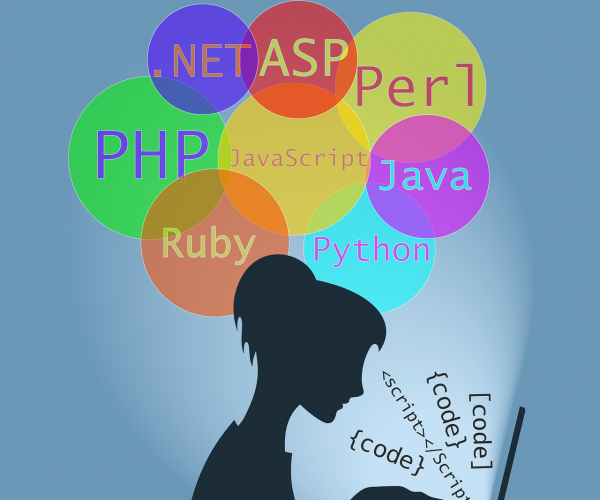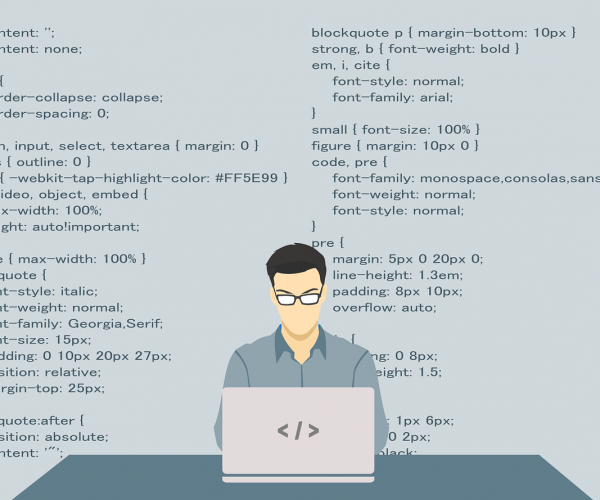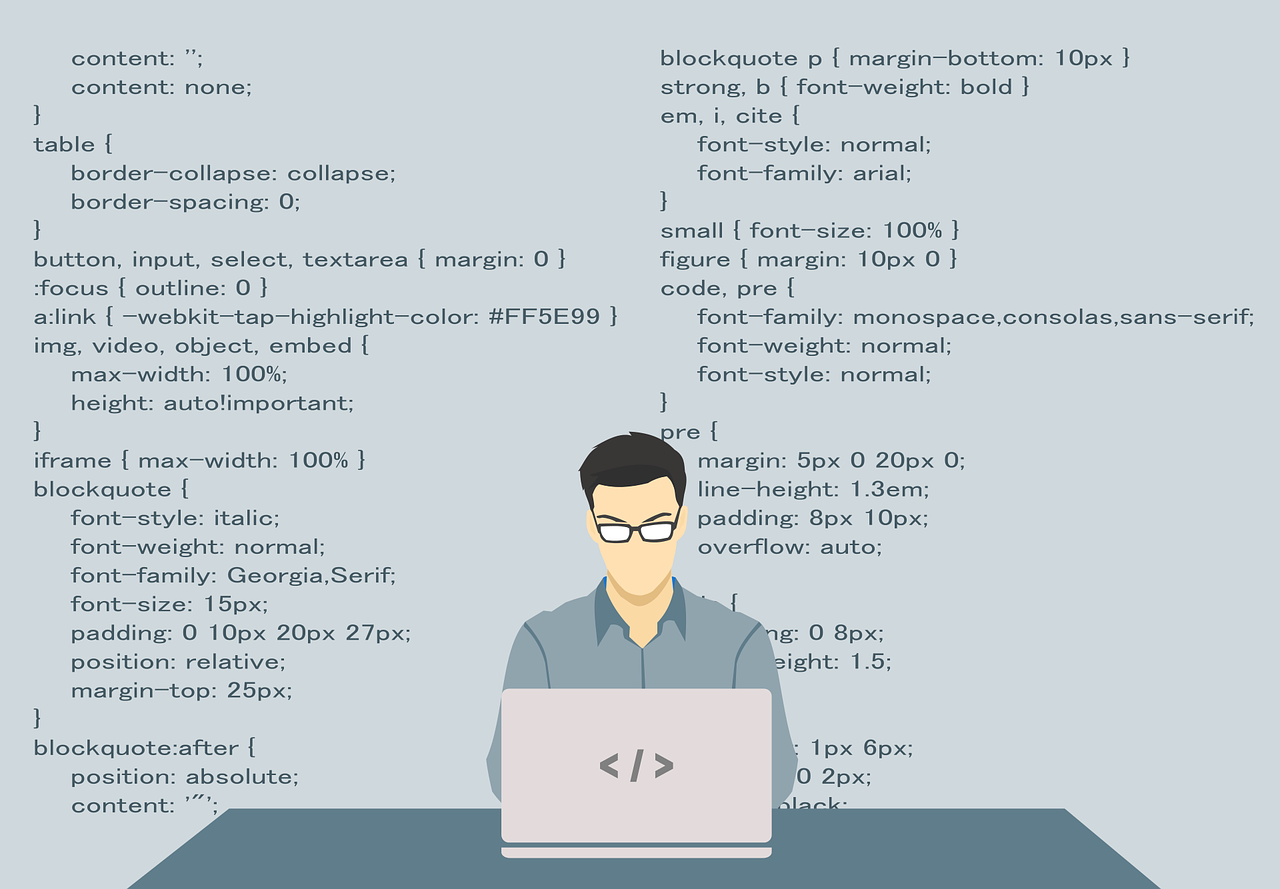Although most people only heard of JavaScript, Python, and PHP, there are approximately 700 hundred programming languages. Through these, programmers can control machines. They can give instructions, design the layout of displayable objects, and manage functionalities.
A programmer’s job is basically the same as a translator’s. They are responsible for writing down instructions in ‘computer language’ and make devices perform the required task. Only a few of these 700 hundred languages are widely accepted. Professionals choose to specialize in their preferred coding according to their objectives. Each program has different characteristics that apply to separate cases.
Types of programming languages
Programming languages are divided into different types. The first two fields are low-level and high-level types. The former is a challenging machine language that diversifies into two more concepts: assembly and machine language.
The high-level types present a much more intuitive language. Because statements are written in English, high-level languages are user-friendly. The two language categories discussed in this article are under this classification. They are called ‘Procedural programming’ and ‘object-oriented programming’ and present vital differences.
Procedural processes are based on a step-by-step instruction set, and some examples are C, Pascal, and Basic. On the other hand, object-oriented languages organize the tasks across different segments. In this group, we can find JavaScript, one of the most popular coding languages for web development.
Procedural vs. object-oriented
Procedural languages solve the problems through a sequence of consecutive steps. To put it simply, they work following a process. Let’s imagine a person that wakes up every morning and follows the same routine:
- She gets up
- Brushes her teeth
- Irons her shirt
- Puts bread into the toaster and turns the coffee machine on
- Has breakfast
- Gets dressed
- Goes to work
This is exactly how procedural language works. On the other hand, object-oriented programs are focused on ‘objects’ internally classified. Thus, it works by combining different functions from separate objects to achieve maximum efficiency.
With an object-oriented approach, the person from the example would have a different routine. She would understand that if she turns on the toaster and coffee machine before ironing her shirt, the breakfast will be in process while she completes this task. Hence, she will get dressed before breakfast and optimize time.
- She gets up
- Brushes her teeth
- Puts bread into the toaster and turns the coffee machine on
- Irons her shirt
- Gets dressed
- Has breakfast
- Goes to work
The object-oriented approach is much closer to the way human beings think. Please note that, in the second example, the person optimized time by combining different actions from separate processes (getting dressed, having breakfast). Although the example may be too simplistic, it makes the point.
What’s the best coding language?
Advantages of procedural programming
- Simple coding and easy implementation
- Large variety of reports and books for learning processes
- Portable source code. This means it can be used in a different CPU
- Easy tracking
- Excellent for general programming
Advantages of object-oriented programming
- Reusing. The objects can be reused and inserted into different parts of the code.
- Easy maintenance as the objects can be adapted to new requirements. This works well for an e-store and such websites as these need constant updates.
- Flexibility. While it may take longer to build, an object-oriented code allows for complex designs. Web developers can design a page layout minimizing the risks. This is because the code is easy to change by parts without altering the whole sequence.
- Higher efficiency. If we consider the previous points, object-oriented programming is more productive. It allows for easier editing and maintenance, built-in features, widgets, and library sections.
- Easy troubleshooting. Errors are easier to spot as assigned objects perform the tasks. Also, if one part doesn’t work, it won’t affect others, protecting all functions and structures. On the other hand, procedural languages have interdependent codes. This means that if something doesn’t work, the programmer has to scan all the code to find the issue.
- Polymorphism Flexibility. The code’s parts behave in different ways according to the object to which they are assigned.
Uses of procedural and object-oriented languages
While object-oriented coding brings more advantages, procedural languages are still used by many professionals. By learning procedural, programmers can grasp the essence of what coding is. This training will help solve issues in simpler environments.
Procedural skills are used by IT companies and are required for some of the highest positions. They need a lower amount of data, and the processes are straightforward. It’s great for beginners or people who want to build uncomplicated software.
Object-oriented languages are perfect for creating client-focused software. Some of the most popular coding languages are object-oriented. Names like Java and Python probably ring a bell. These are used to develop large platforms, advanced designs, games, and other software.
Conclusion
While it takes longer to write an object-oriented code, the results are worth the effort. Thanks to their flexibility and efficiency, these languages are amongst the most widely used.
Is this the end for procedural programming? Not at all. Some of the top-class developers still use this language for specific instances. Also, professionals who are good at procedural will easily spot and solve problems in an object-oriented environment.





